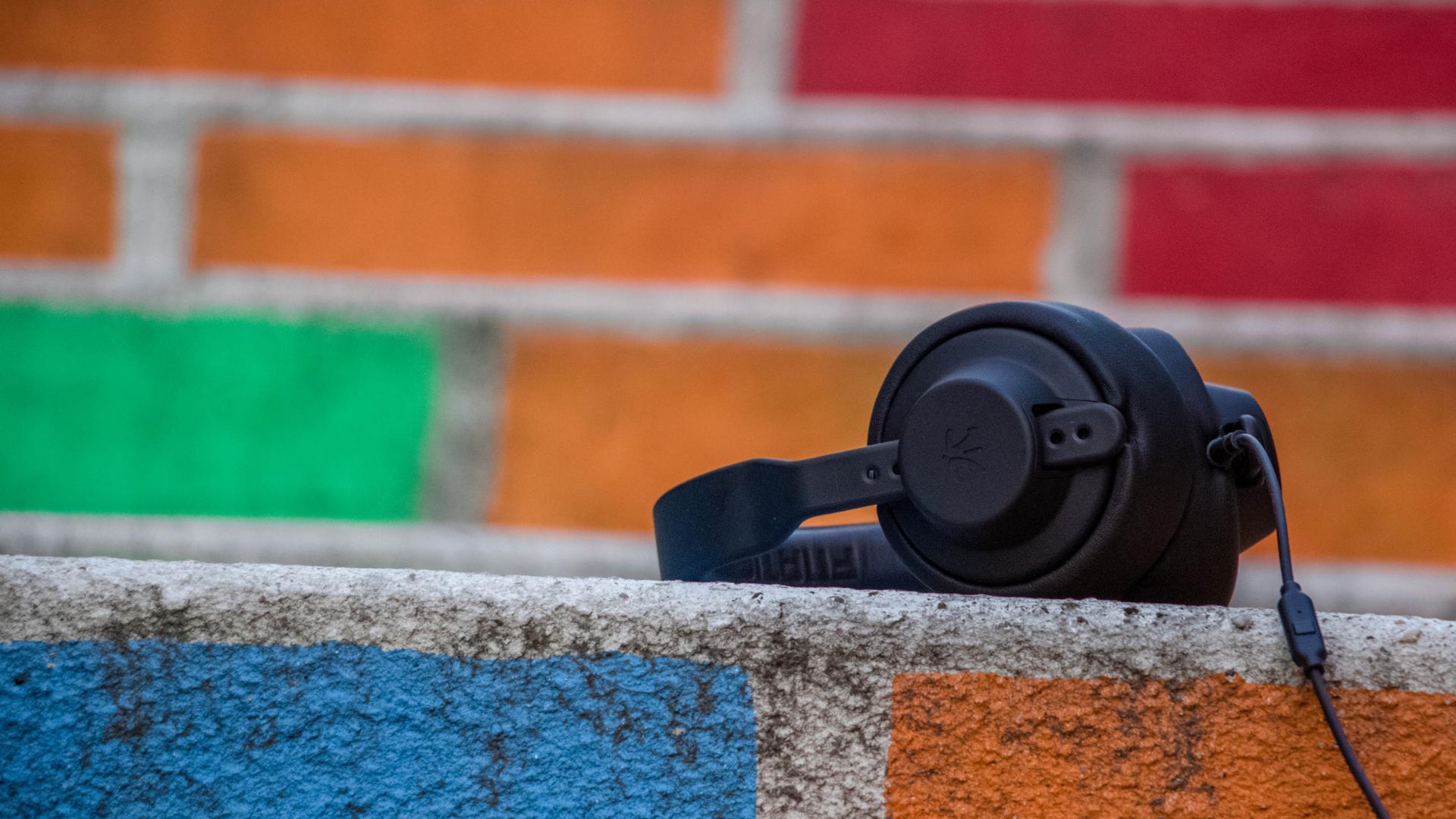When nfpSynergy found out that only 5% of the charity sector’s advertising spend was used on the internet, compared to 46.2% of the UK’s total advertising spend, (see our Ad Infinitum report) we wanted to know more. Using findings from our February 2018 Charity Awareness Monitor, we delve into understanding the sector’s relationship with social media, current best practice examples and possible challenges arising.
The good news is that despite a low advertising spend, charities are performing quite well on social media platforms. Our research found that nearly a third of the public (29%) say that they have interacted with a charity on social media, whether this is liking a Facebook page (18%) or following a twitter feed (8%).
Even better, people remain warm to seeing charity advertisements on their newsfeed or timeline. Around a third of the public (36%) would be very happy or somewhat happy to see ‘adverts from charities’ on their social media platforms. This is higher than seeing adverts from brands and companies, or celebrity updates. This suggests that increasing spending on social media would be welcomed and effective.
So, someone must be doing something right? The sector is catching on and charities are finding new and creative ways to utilise social media when raising awareness for their causes. One example is the British Lung Foundation. In 2016, they used a multi-faceted approach to promote their new ‘breath test’ – combining outdoor advertising, online media coverage and targeted Facebook adverts. Their efforts were rewarded with 360,000 people taking the test - a great success when you consider that their target was 60,000.
But what else could the charity sector be doing to improve awareness-raising on social media platforms?
One answer to this question is to diversify the social platforms that charities are using and appearing on. Our research shows that Instagram and Snapchat are two important platforms used by the majority of 16-24-year-olds. With the usage levels of this young age group at 63% (Instagram) and 54% (Snapchat), these are underutilised social media outlets for charities to disseminate their message to this group.
This is not to say that some charities haven’t already taken advantage of this trend and used these platforms to access younger audiences. Dogs Trust’s Instagram is full of lovely looking puppies and dogs followed by a whole host of hashtags, mimicking memes and drawing on those searching the hashtags. Coppafeel’s Instagram does a great job of combining beautiful images that comedically dodge Instagram’s censorship of nudity to spread the message of the importance of checking your breasts regularly.
Another example is how NSPCC’s Childline have used the ongoing trend of YouTube influencers. Getting a wide range of vloggers and media celebrities on their YouTube channel to discuss issues ranging from mental health to puberty has drawn in young audiences - both potential supporters and service users.
Of course, let’s be mindful that young people using hip new social media platforms are not always the target audience for charities. It’s important not to jump on the bandwagon and invest heavily in a platform that doesn’t reach the right audience. For older audiences, Facebook remains undoubtedly the leader in the field. 61% of 65+ age group use Facebook, drastically higher than the platform following it, Twitter at 16%. It is important to reflect upon a target audience’s social media usage pattern when creating an engaging and creative digital strategy.
Social media platforms are not just great for raising campaign awareness, but might also be great for increasing donations. And although it is not the most common way people choose to donate, we believe it is just a matter of time before this method is widely adopted. Facebook has already shown itself to be an effective platform for people to publicise grassroots donation pages and raise funds.
Charities’ use of social media isn’t always as easy as it sounds. An example of when this can go wrong is celebrity endorsements. Payment for a celebrity to share a charity’s message on their social platforms has created some controversy. One memorable instance of this is Barnardo’s and Binky Felstead’s £3,000 payment to front a campaign and share on her Instagram. There is nowhere to hide on social platforms so these digital strategies must be executed sensitively and carefully.
A rise in the public’s caution about how their online data is used can also prove a challenge to charities looking to utilise social media. We have seen a rise in the public looking to have more control over the content they receive. The social media platform Vero, which promises no adverts and no algorithms, has received millions of sign ups. Targeted adverts and content become harder in this new landscape.
Scandals about fake news during elections and the use of Facebook data by Cambridge Analytica has led to the creation of software such as ‘Who Targets me?’ that informs users of who they are being targeted by in election campaigns. The public are conscious of how social media and their data is being used to target them so charities need to work out how to keep reaching out whilst giving people the control and transparency that they desire.
The public is happy to see adverts and content from charities on social media and some charities are doing it really well. The question is: could charities grab the opportunity to reach out simply by investing more money, like other sectors do?

